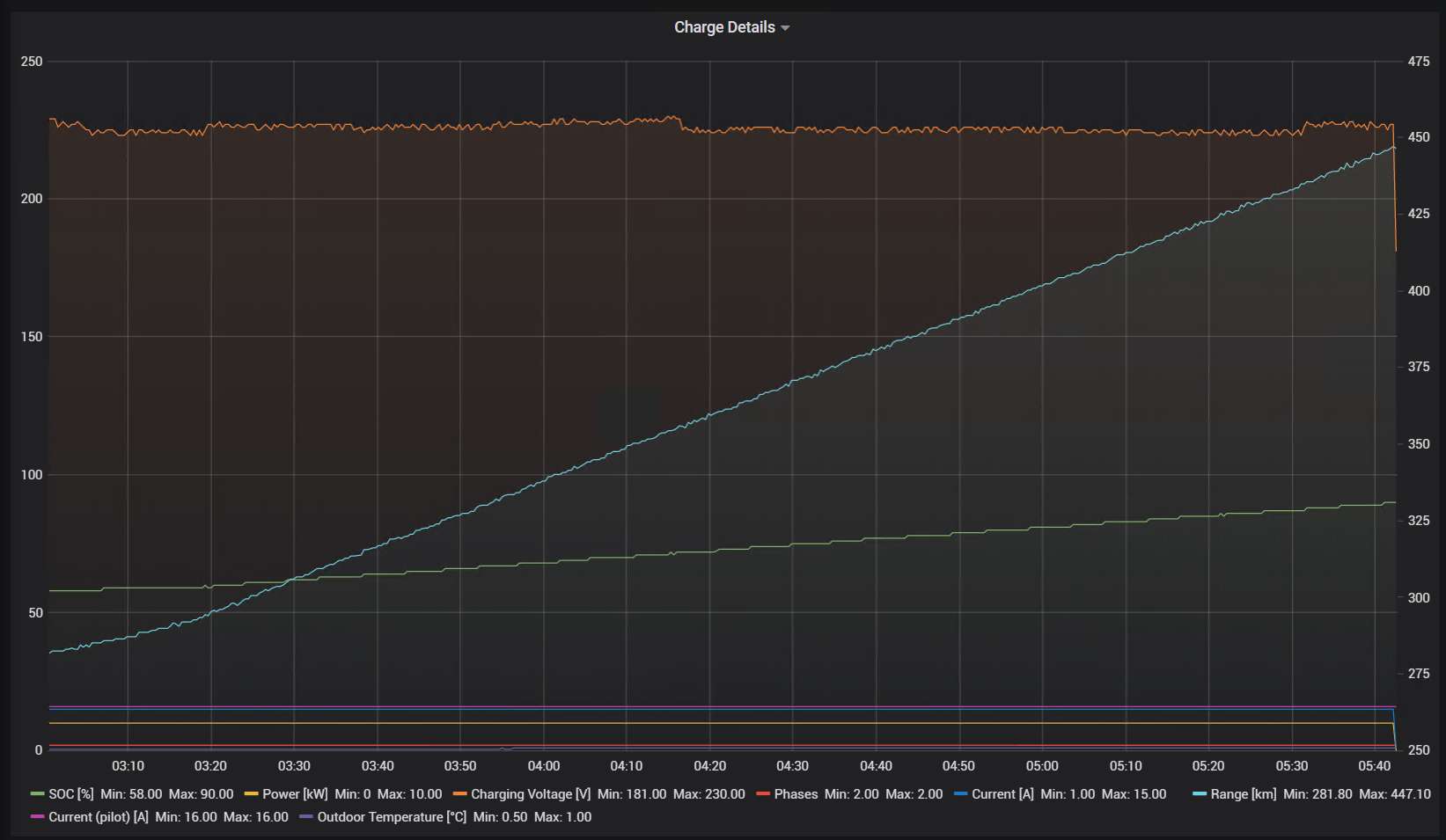It occurs to me that when charging with my wall charger at home, the battery often preheats up before and during charging. I only have a few percent to be charged most of the times and then it seems to me that preheating is a waste of energy, the costs of heating the battery maybe almost as high as the charging itself.
I thought it might be wise not to plug the car in when a little power is used but the Tesla manual says: "It is important for a long battery life that the car is PLUGGED IN when you are not using the car".
I have tried to prevent preheating by reducing the charging speed but unfortunately this does not work. Now I keep lowering the charging limit so the car doesn't really start charging after plugging in but this is kind of inconvenient.
Does anyone know why the battery heats up for these short charges? I don't tink it's really necessary when charging slowly? Or is this better for the battery?
The graph below shows that the battery charges more slowly during the first 30 minutes of charging because energy is used to heat the battery. Most of my charges only last 30-60 minutes.

I thought it might be wise not to plug the car in when a little power is used but the Tesla manual says: "It is important for a long battery life that the car is PLUGGED IN when you are not using the car".
I have tried to prevent preheating by reducing the charging speed but unfortunately this does not work. Now I keep lowering the charging limit so the car doesn't really start charging after plugging in but this is kind of inconvenient.
Does anyone know why the battery heats up for these short charges? I don't tink it's really necessary when charging slowly? Or is this better for the battery?
The graph below shows that the battery charges more slowly during the first 30 minutes of charging because energy is used to heat the battery. Most of my charges only last 30-60 minutes.



